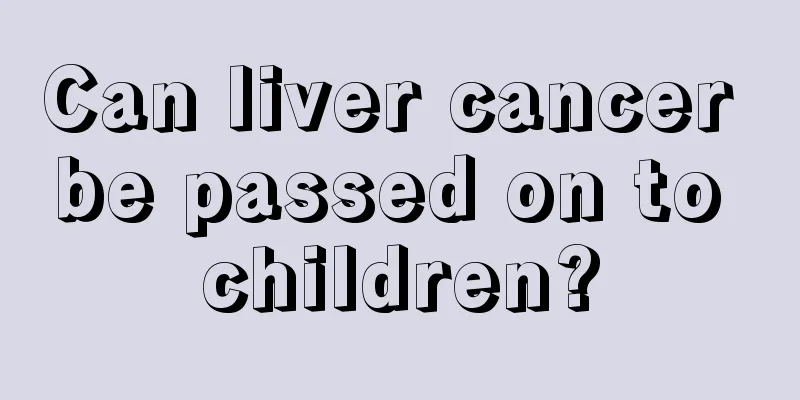Does branch dilation surgery have a high success rate?

|
Bronchiectasis is a permanent abnormal dilation of some bronchi. Its causes can be divided into congenital and acquired. Surgical treatment is provided for late-stage severe bronchiectasis. One difference between it and other medical conditions is that when the patient's condition has developed to the late stage or there is inflammation in the body, surgical treatment is absolutely not allowed. Any surgery involves certain risks. In medicine, the success rate of branch dilation surgery depends on the patient's own condition. If the bronchiectasis is limited to no more than two lobes and there is repeated massive hemoptysis or infection, it is an indication for surgery and the patient can be cured after surgery. The success rate of the operation is over 90 percent. If the lesion is extensive or accompanied by severe emphysema, surgery is not possible and is considered a contraindication to surgery. Bronchiectasis is a permanent abnormal dilation of the subsegmental bronchi, and its causes can be divided into congenital and acquired. Congenital bronchiectasis is most commonly caused by cystic fibrosis, hypogammaglobulinemia, Kartagener syndrome (an autosomal recessive disorder with dextrocardia, bronchiectasis, and sinusitis), selective immunoglobulin A deficiency, alpha-1 antitrypsin deficiency, congenital bronchial cartilage defects, and sequestered lung. Acquired bronchiectasis is caused by recurrent bacterial infections, endobronchial tumors, foreign body obstruction, extrabronchial lymph node compression (such as middle lobe syndrome), traction of tuberculosis scars, and acquired hypogammaglobulinemia. Among them, repeated bacterial infection is the main cause of the disease. Therefore, if infants and young children develop pneumonia after suffering from influenza, measles, whooping cough, etc. and if it is not cured for a long time, it may cause bronchiectasis. Respiratory infections and pneumonia in infants and young children should be diagnosed and treated promptly to prevent the occurrence of bronchiectasis. Antibiotics are necessary for the treatment of acute bronchiectasis infection. Antibiotics to which the bacteria are sensitive should be selected. Pseudomonas aeruginosa and anaerobic bacteria are common pathogens of secondary infection in bronchiectasis, but empirical antimicrobial therapy should cover Pseudomonas until sputum culture results are available. Therefore, in severe infections, β-lactams are often used in combination with macrolides or quinolones. Quinolones with strong anti-Pseudomonas activity (such as ciprofloxacin) can also be tried in combination with macrolides, and aminoglycosides can be used in combination if necessary. Clindamycin or metronidazole can be used for anaerobic bacteria. For those with large amounts of sputum, use expectorants, nebulizer inhalation and postural drainage to keep the airway open. Correct and effective postural drainage is more important than antibiotic treatment. The method is to place the diseased lung in a high position with its drainage bronchus opening downward, take deep breaths and cough, so that the sputum can be drained along the bronchus to the trachea and coughed out. If the lesion is in the lower lobe, the patient should lie prone with his chest against the edge of the bed, support himself with both hands, head down, tap his back and cough to expel the phlegm. If the lesion is in the upper lobe, adopt a sitting position or other appropriate posture to facilitate drainage. If the sputum is thick, normal saline can be injected through bronchoscope to dilute and flush it, and the sputum can be aspirated and antibiotics can be injected. Patients with severe hemoptysis can be treated with bronchial artery embolization. Since bronchiectasis is a contaminated surgery, improper opening of the bronchus and lack of strict disinfection of the bronchial stump during the operation may cause chest infection and empyema. If the patient has a high fever after the chest drainage tube is removed and pleural effusion is found on chest X-ray, this disease should be suspected and thoracentesis should be performed immediately to draw out the pleural fluid for bacterial culture and drug sensitivity test and inject antibiotics into the chest. If empyema is confirmed, drainage should be performed in time. Bronchopleural fistula is the most serious complication after lung resection. If the patient coughs up a large amount of pleural effusion or pus while having a high fever, bronchopleural fistula should be considered. Angiography can confirm the size and location of the fistula. Closed chest drainage should be performed immediately, and surgery should be performed after the patient's condition stabilizes. |
>>: Right middle lobe bronchiectasis
Recommend
Are there any differences in the effects and functions of Ningxia wolfberry and ordinary wolfberry?
Wolfberry is a common herb. It is native to Ningx...
What are some exercises to increase height?
Height is very important to many people, and many...
What are the functions and effects of RNA?
There are generally three types of RNA, and diffe...
Tips on haze protection
Many people are not very clear about the basic kn...
Is a fetal heart rate of 120 normal?
The situation of each pregnant woman is different...
What are the effects of cold onions
Summer is here and the weather is getting hotter....
Why do I feel uncomfortable in my stomach and always want to fart?
Some people in daily life can always endure stoma...
The absolute value of lymphocytes increased
Lymphocytes have great physiological significance...
What are the symptoms of bladder cancer recurrence
Bladder cancer is a very common tumor disease. Mo...
Where is the best place to treat rheumatoid disease?
Currently, the number of hospitals treating rheum...
Which is better, seamless hair extension or nano hair extension?
This is an era where everyone pursues fashion and...
Why do I have back pain during chemotherapy for breast cancer?
If you experience back pain after chemotherapy fo...
What are the symptoms of spinal ligament injury
The spine is regarded as the most important part ...
How to quickly remove the shrimp thread from fresh shrimp
Seafood is very common in coastal areas, and fres...
What is the reason for breathing difficulties
Difficulty breathing seems to be a problem we onl...









